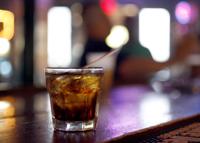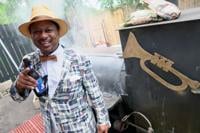Why new Phase 3.2 rules aren’t ‘worth the trouble’ for most New Orleans musicians and venues
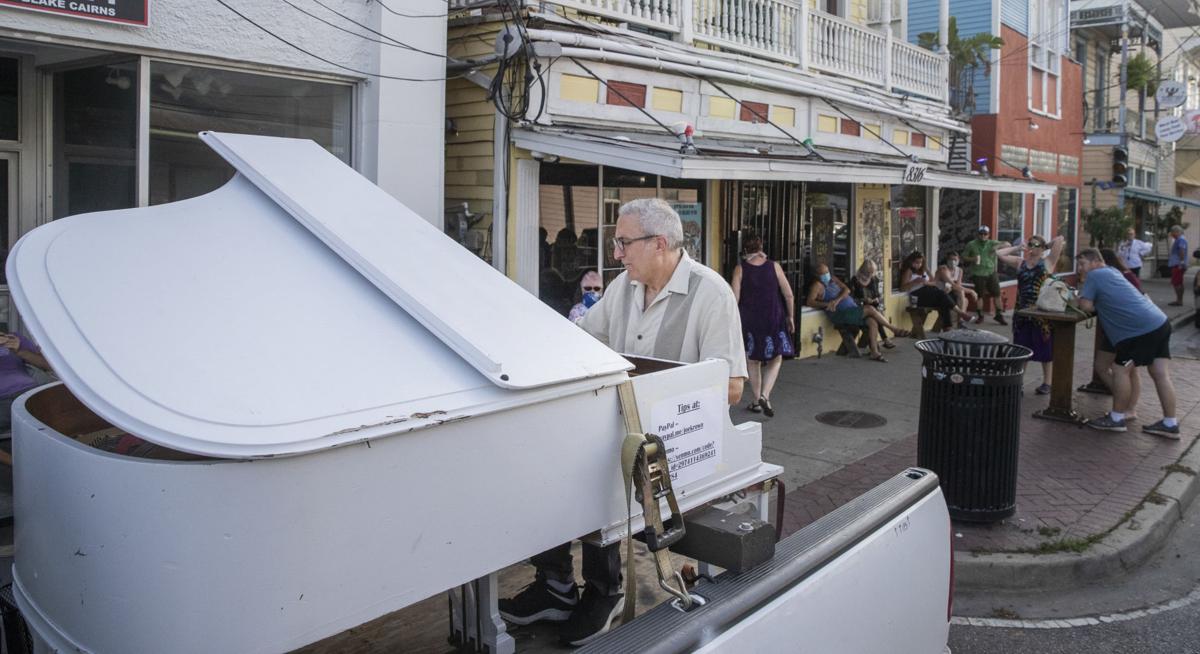
Musician Joe Krown performs in the back of a truck outside Maple Leaf Bar in New Orleans, Thursday, July 9, 2020.
- STAFF PHOTO BY SOPHIA GERMER
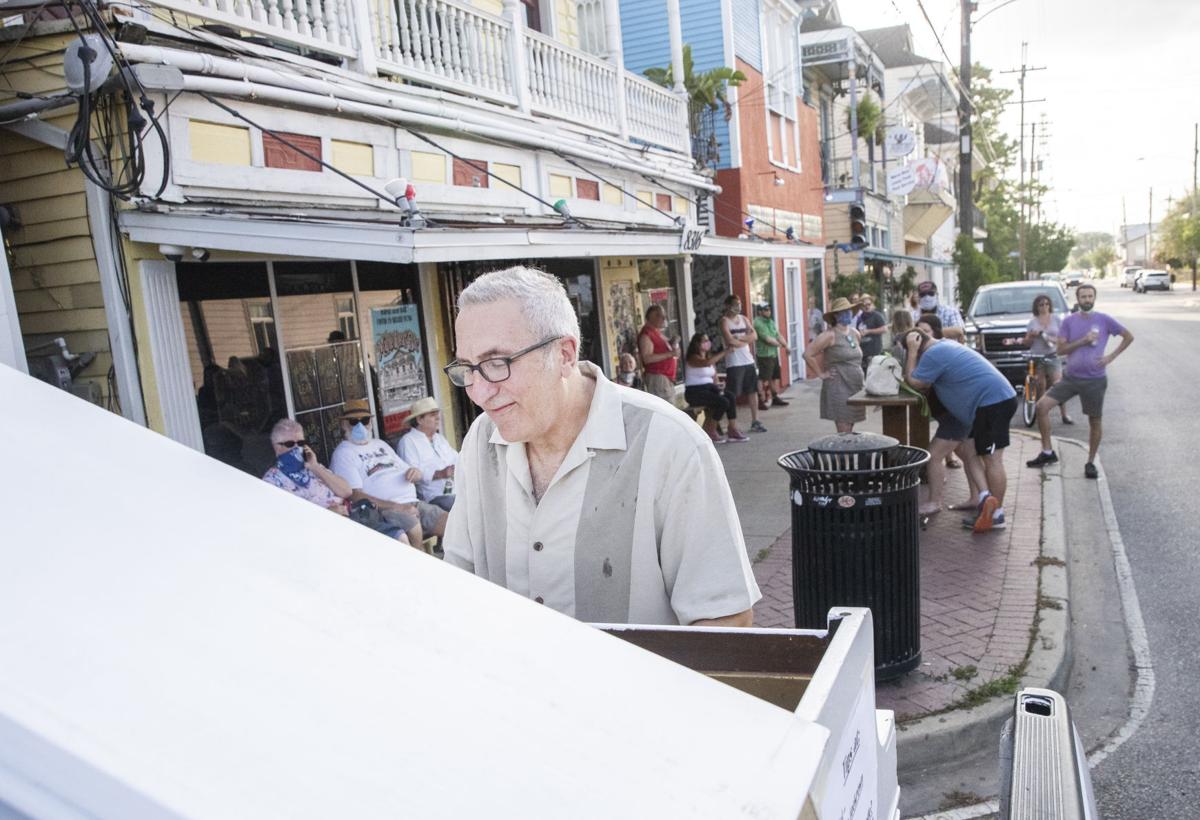
Musician Joe Krown performs in the back of a truck outside Maple Leaf Bar in New Orleans, Thursday, July 9, 2020.
- STAFF PHOTO BY SOPHIA GERMER
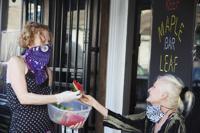
Becky Jo Foster hands out watermelon to people as musician Joe Krown performs in the back of a truck outside Maple Leaf Bar in New Orleans, Thursday, July 9, 2020.
- STAFF PHOTO BY SOPHIA GERMER
Musician Joe Krown finishes his last song in the back of a truck outside Maple Leaf Bar in New Orleans, Thursday, July 9, 2020.
- STAFF PHOTO BY SOPHIA GERMER
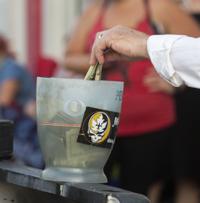
People tip as musician Joe Krown performs in the back of a truck outside Maple Leaf Bar in New Orleans, Thursday, July 9, 2020.
- STAFF PHOTO BY SOPHIA GERMER
Musician Joe Krown finishes his last song in the back of a truck outside Maple Leaf Bar in New Orleans, Thursday, July 9, 2020.
- STAFF PHOTO BY SOPHIA GERMER
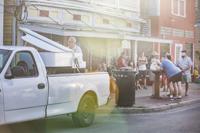
Musician Joe Krown performs in the back of a truck outside Maple Leaf Bar in New Orleans, Thursday, July 9, 2020.
- STAFF PHOTO BY SOPHIA GERMER
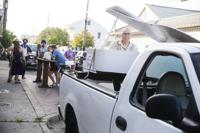
Musician Joe Krown performs in the back of a truck outside Maple Leaf Bar in New Orleans, Thursday, July 9, 2020.
- STAFF PHOTO BY SOPHIA
Joe Krown can finally climb down from the bed of that pickup.
Prevented from performing indoors throughout the coronavirus pandemic, Krown and other New Orleans keyboardists have taken turns playing a piano in the bed of a truck parked around town.
The city’s shift this past weekend into Phase 3.2 of its reopening finally allows some live music indoors. However, singing and wind instruments — trumpets, saxophones, tubas, etc. — are still prohibited.
Thus, solo piano players, drummers and guitarists can plug in indoors.
But for the vast majority of musicians, bands and venues, moving into Phase 3.2 changes very little. Most bands have singers. And in New Orleans especially, many bands have horns.
Additionally, bars — a designation that includes many venues that offer live music — still can’t serve customers inside. Having music, even the small sampling that is allowed, is pointless in an empty room.
The Maple Leaf Bar on Oak Street has a long and proud Piano Night history, hosting everyone from the late, legendary James Booker to contemporary practitioners such as Krown, Jon Cleary and John “Papa” Gros. The Maple Leaf has been closed since March, even as Krown has performed from a pickup to a socially distanced crowd outside.
The Leaf could now sell to-go drinks and serve a limited number of customers outside in some sort of pandemic-adjusted Piano Night. But for the time being, “it isn’t worth the trouble,” co-owner Hank Staples said. “The way it is, it doesn’t work for us. We’re staying closed.”
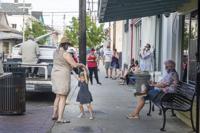
Katie Burlison dances with Charolette Burlison, 4, as musician in front of the Maple Leaf Bar as pianist Joe Krown plays from the back of a truck.
STAFF PHOTO BY SOPHIA GERMER
Even if the Leaf were able to serve customers inside, capacity limits likely would make paying musicians untenable, Staples said. “The finances of the bar business is that you have to ring up $3 for every $1 you spend. So if I pay a piano player $100, I’d have to ring $300 at the bar not to be in a worse financial situation than before.”
Given that scenario, “we’re not going to have live music” for the foreseeable future, Staples said. “We can’t afford it.”
Instead, the Maple Leaf, like Tipitina’s, d.b.a., Rock ‘n’ Bowl and other venues, has launched an online webcasting series. But what has really kept the Maple Leaf afloat has been repaving the bar’s brick patio. Patrons can buy a brick for the patio and have their name inscribed on it. The program has proven far more popular than Staples expected.
“It’s literally saved us. I’m not worried about having money to pay the mortgage.”
Snug Harbor Jazz Bistro on Frenchmen Street started offering to-go meals last weekend. Snug Harbor is also uniquely positioned to take advantage of the Phase 3.2 rules and possibly start offering live music.
As a “listening room,” where the entire audience is always seated at tables anyway, “it’s easy to distance them,” talent buyer Jason Patterson said. “If you have a dance hall where people are getting up and moving around, it’s harder.”
Several jazz combos that were regulars on Snug Harbor’s pre-pandemic music calendar meet the Phase 3.2 requirements. The Jason Marsalis Vibraphone Quartet, for instance, doesn’t have a singer or horns. Drummer Herlin Riley could possibly substitute a guitarist for the sax player in his quartet.
But are musicians and patrons ready to gather in an intimate space? And how would the economics work out?
“If you social distance in a club like Snug Harbor, you lose half the people,” Patterson said. “What would be reasonable to charge when you have half capacity?”
For now, restaurants where music isn’t necessarily the main attraction may be best suited to actually present live music in Phase 3.2.
Bobby Roth, owner of the Steak Knife Restaurant & Bar in Lakeview, had a pianist booked for a regular gig starting in March, only to cancel in the face of the coronavirus shutdown.
The Steak Knife reopened Oct. 6, and Roth is eager to have someone start playing one of the two pianos at his establishment. But he’s waiting for more information about the cost and duration of the live entertainment permit cited in the city’s new regulations, as well as clarity on the allowed seating capacity for his bar area, which normally has 18 seats at the bar and another 40 or so seats at tables.
“In order to make it worthwhile, I need to be able to be full,” Roth said. “But I’m still trying to figure out what the rules are.
“I don’t want to do the wrong thing. If live music were to interfere with the restaurant business … that’s more important. We’re a restaurant first.
“But we’d like to help out the musicians.”

